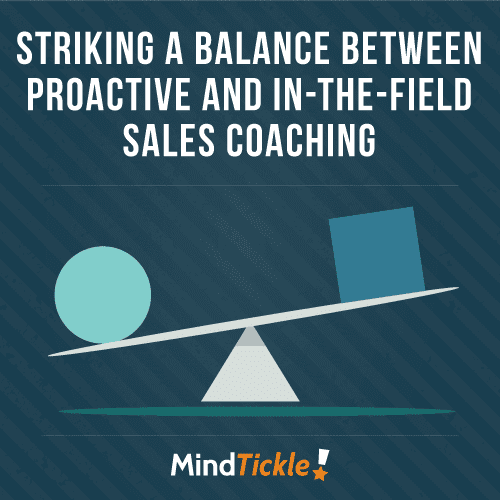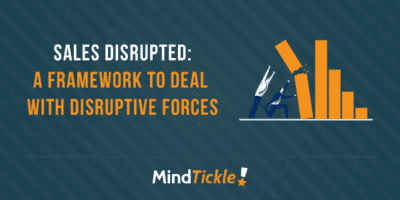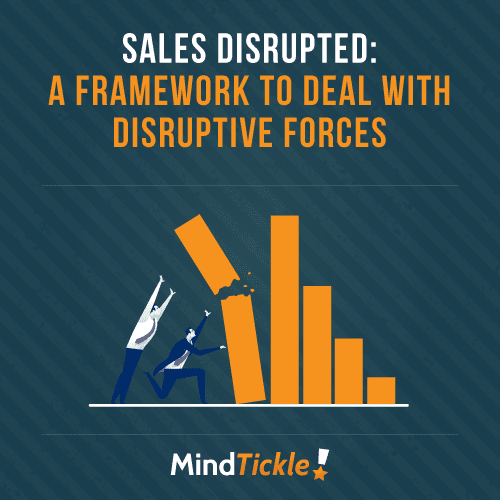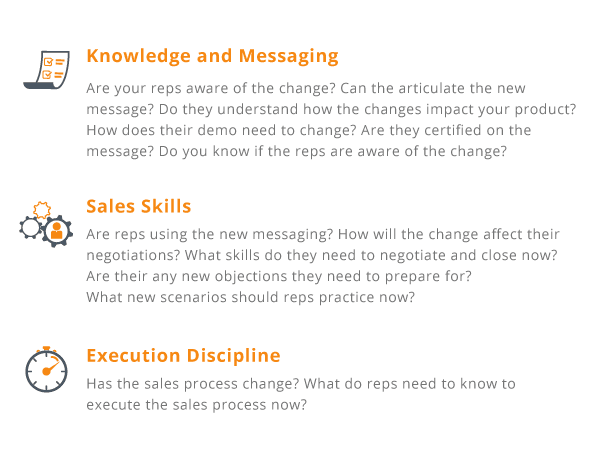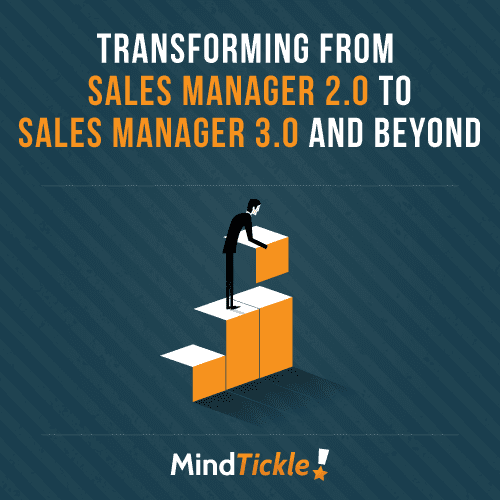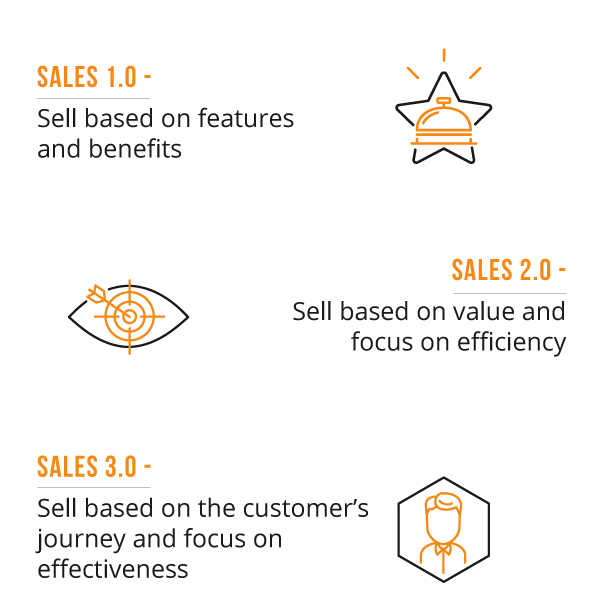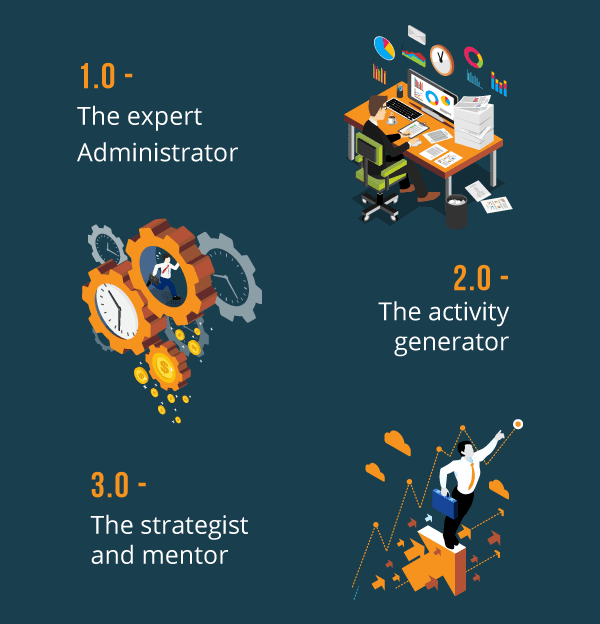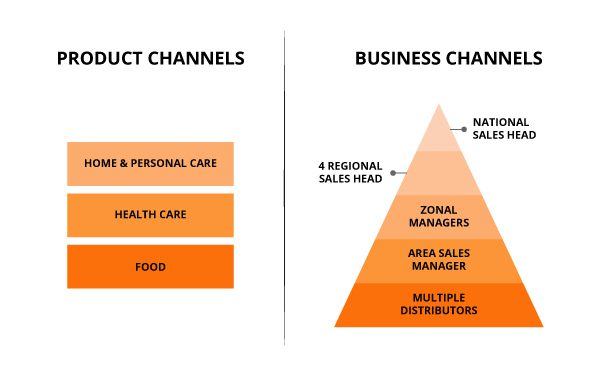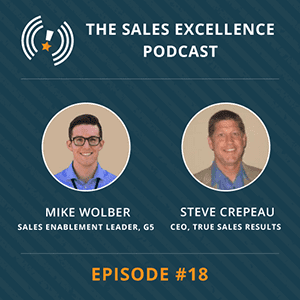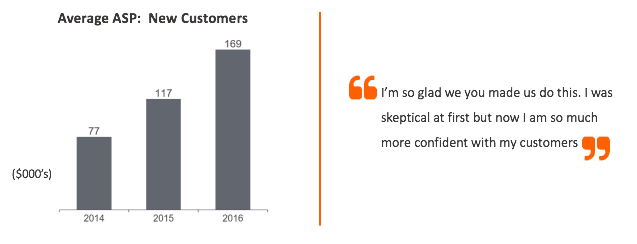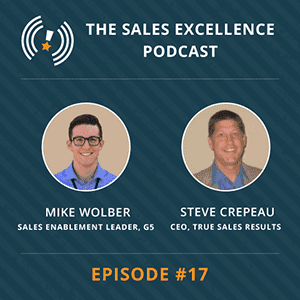6 Signs Your Sales Managers are Under-Trained
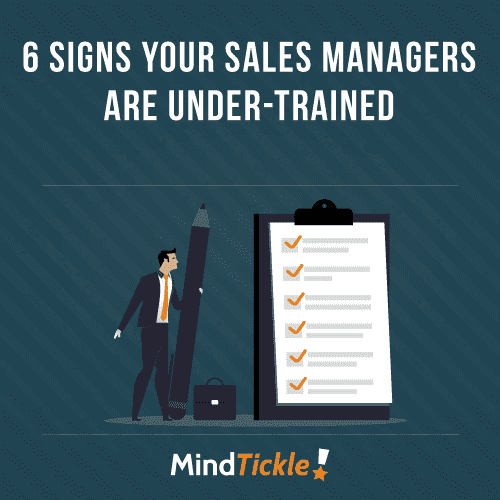 Research by the Sales Management Association has found that
Research by the Sales Management Association has found that
41% of companies have no budget
to train their sales managers, and half of those that do have a training budget don’t offer any specific training to help them manage or lead a sales team. Yet sales managers are charged with the challenging task of motivating and leading their team to bring home the bacon.
The role of a sales manager is quite broad, so you can’t just look at their team’s quota to determine if they’re doing a good job. Here are six signs that may indicate that your sales managers are in dire need of some specific training.
1. They manage instead of leading
Many sales manager are promoted through the ranks, and while they may have been impressive salespeople, that doesn’t mean they know how to lead a team. Just like sales skills, leadership skills need to be learned either through experience or with specific training. Without these skills, many sales managers may naturally revert back to where they feel most comfortable.
This can manifest itself in several ways. Some may prefer to take over a deal and do the selling themselves. Others might spend all their time on their A players or C players, and leave the majority of their team floundering with no direction.
2. They see everything (or nothing) as a priority
You can’t do everything, that’s a simple fact of life, but it is something that a manager has to learn. Sales managers need to be able to differentiate between the tasks that are urgent and important and those that are not and prioritize them appropriately. The importance they place on particular tasks will be reflected in their team, which will rapidly magnify them. As leaders, sales managers must set the priorities for their team so they know where to spend their time.
Coaching is a classic example of something that is often overlooked even though it should be a priority on a sales managers to-do list. If a sales manager doesn’t know how to coach effectively they may de-prioritize it in favor of something they’re more comfortable with. So if some important things aren’t being prioritized, perhaps look into whether your sales manager has the skills to lead or coach their team effectively.
3. They can’t see beyond the horizon
It’s easy to get distracted fighting fires each day, but sales managers need to find the time to look beyond their immediate priorities and plan for the future. Developing a long-term strategy can be daunting even for experienced managers. It takes time, planning and discipline to develop a strategy that is clear, consistent and can be monitored. Without this, managers may find themselves directing their team aimlessly or, worse still, going around in circles. When you’re leading a team, this kind of ambling is inevitably reflected in how the team behaves – they have no purpose or direction.
If your sales manager can’t articulate exactly what they want their team to focus on in the next three, six or 12 months then they may need some help putting together a strategy that provides their team with clear direction and guides them on how to achieve it.
4. They don’t know how to identify performance issues in their team
Numbers, quotas and KPIs only tell part of the story when it comes to why someone is performing under par. Sales managers need to draw on a range of information and experience to really understand where their team’s skill gaps may be. Once an issue is diagnosed, the sales manager then needs to determine the best way to address the issue.
This can be quite challenging, particularly when some issues aren’t readily solved by training initiatives. For example, if a rep lacks motivation there may be many soft issues that need to be addressed to get their performance back on track – perhaps a good rep feels like they’re being underutilized. An experienced sales manager might bring them into the fold to help motivate other reps, but a less-experienced sales manager may not be able to identify and resolve these performance issues or tackle them in a way that is less than effective.
5. They let the loudest team members dictate the direction
The squeakiest wheel may get the oil but it isn’t always the one that needs the most attention and it’s the same when it comes to sales teams. Just because one person is complaining the loudest, it doesn’t necessarily mean that their issue is the direst or in need of attention. This is an issue that inexperienced sales managers may face the most, particularly if they’re lacking confidence. This can result in potential inequities in their team, misdirection of their energy or even alienate some team members.
Sales managers need to develop their softer skills so that they can manage different personalities effectively. These skills take a long time to develop unless specific training is provided.
6. They lack consistency
It’s not unusual for sales managers to develop their own processes and approach, but this lack of consistency, particularly in larger organizations can quickly become problematic. Sales managers need to be open to learning new things so they can all speak the same language, leverage the same information and embed consistency amongst their teams. This ensures that customer interactions are consistent, the messaging they hear is the same and also ensures that each sales team is on a level playing field.
From an organizational perspective, consistency enables sales teams to be compared accurately and reduces the possibility of confusion. But without sufficient training and guidance, it is almost impossible to achieve consistency across the entire sales organization. The best way to achieve this is for one area to have responsibility for ensuring processes, training, and the information is rolled out and monitored across the entire organization.





